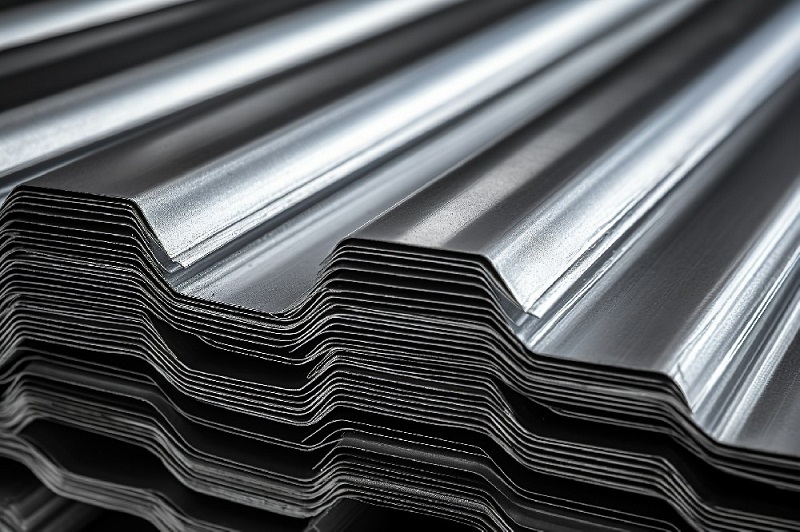
Stainless steel plate has been widely used in the manufacturing industry because of its excellent corrosion resistance and aesthetics. As an important part of stainless steel plate processing, bending plays a crucial role in the quality and performance of the final product. When bending stainless steel plates, the following points need to be paid attention to to ensure the smooth progress of the processing process and the standard of product quality.
The first is the calculation of the expansion size. In the design drawing, it is necessary to accurately calculate the expansion size of the bending workpiece according to the thickness and bending radius of the stainless steel plate. In general, the dimensions of the right Angle sides need to be added minus two plate thicknesses to meet the design accuracy requirements. Secondly, the yield strength and elastic recovery of stainless steel materials should be taken into account. The yield strength of stainless steel is large, and the elastic recovery is also strong, so in the bending process, the Angle of the press knife needs to be adjusted to make it as small as possible to obtain the 90 degree Angle of the bending part. In addition, the choice of bending force is also crucial. The thicker the stainless steel sheet, the greater the bending force required per unit size. Therefore, as the thickness of the plate increases, it is necessary to select the appropriate bending equipment to provide sufficient bending force.
The control of bending Angle is also an important task in the bending process of stainless steel plate. Compared with carbon steel, the bending Angle of stainless steel with the same plate thickness is larger, and it is easy to have bending cracks, which affect the strength of the workpiece. Therefore, special attention should be paid to the control Angle during the bending process to avoid cracks. In addition, the stainless steel plate has a larger tendency to rebound during the bending process, which is much greater than that of carbon steel. Therefore, this rebound needs to be taken into account and compensated during processing to ensure that the shape and size of the final product meets the requirements. A common practice is to make the corresponding bending template according to the process requirements of the bending parts, and after each plate is completed bending, the parts are placed on the table and the rebound Angle is measured with the template.

It should also be noted that the stainless steel sheet has poor thermal conductivity and low elongation. Due to these characteristics, stainless steel requires a large deformation force when bending. Therefore, it should be ensured that sufficient force is provided during processing to avoid insufficient deformation. Scratches or damage to the surface of the stainless steel plate should be avoided during operation, as the integrity of the stainless steel surface is essential for its corrosion resistance. The use of tools suitable for stainless steel bending, such as high-quality bending molds, can reduce tool wear and improve processing efficiency and product quality. The operator should have the appropriate skills and experience to be able to perform the bending operation accurately, reducing errors and waste products. At the same time, safe operating procedures should be observed and personal protective equipment should be used to ensure the safety of operators.
After bending is complete, subsequent treatment work such as deburring and sanding may be required to improve the appearance and functionality of the product. These subsequent processing steps should be carried out in accordance with specific product requirements and process specifications.
Stainless steel plate bending processing needs to pay attention to many aspects, including the calculation of development size, yield strength and elastic recovery, bending force selection, bending Angle control, rebound tendency compensation, thermal conductivity and elongation consideration, surface protection, tool selection, operator skills, safety measures and follow-up treatment. Only by fully considering these factors and taking appropriate measures can we ensure the smooth progress of the bending process of stainless steel plate and the standard of product quality.
Control Technologies and Material Optimization for Eddy Current Losses in Iron Cores
2025-02-22Application of Stainless Steel in Pure Electric Bus
2022-07-27UP RMB50? China 201 Stainless Steel Market Counterattack Again
2020-11-25Stainless steel soft material related knowledge and characteristics
2021-09-23Cold rolling stainless steel and hot rolling stainless steel
2021-01-05Countermeasures of Cold Rolled Stainless Steel Strips Coiling Defects
2022-07-13






